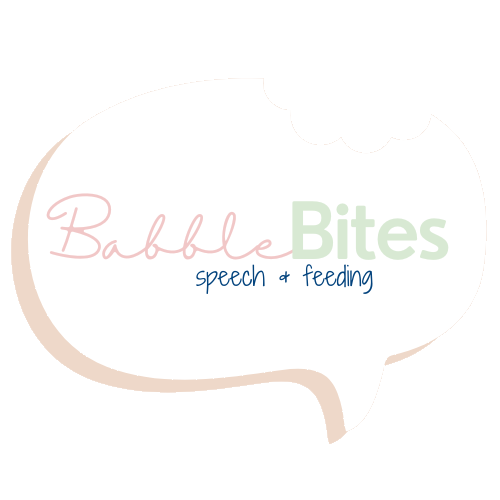Encouraging Language Development While Singing “Old MacDonald”
Using your child's farm animal toys is a fun and useful tool to help language skills while singing "Old MacDonald"!
Raise your hand if your baby loves the song “Old MacDonald”! Use my favorite tips, as a pediatric speech-language pathologist, to make the most out of this song while singing it for the 12,000th time this week (but seriously).
Give two visual choices
I’m often inspired to sing Old MacDonald when we’re playing with farm animals. Put those farm animals to work by holding up two choices for your child to choose from! When you’re singing, “and on that farm he had a…” hold up two animals, such as a pig and a cow. Simply hold up the two choices, or label them as you hold up each one (“a pig or a cow?”), and wait for your child to respond! Responding might look like an eye gaze or reaching towards the chosen animal, taking the animal from you, or a vocalization… accept all of these as forms of communication! Label the animal your child chose, and continue the song from there! Continue to give two choices throughout the song. I love this tip because it lets kiddos that aren’t using words yet participate in this song!
Hold the toy animal near your mouth while you say its name and animal sound
Holding the chosen animal up by your mouth as you say the animal’s name and make their sound (when your child isn’t holding the animal), helps bring their attention to your mouth and how it moves to say the word (e.g. cow) and make their sound (e.g. moo moo).
Continue to interact with the animal you are singing about
As you are singing, “with a moo moo here and a moo moo there, here a moo, there a moo, everywhere a moo moo",” continue pointing to the cow (or whichever animal you are singing about), making the animal dance around to the song, and holding it near your mouth (re: tip #2). This helps your child connect the animal sound visually to the animal that makes it! Repetition (and fun!) in context is what helps babies learn new words, and this song provides a lot of repetition… and fun!
Practice pausing and see what your child does
Pausing gives your child opportunities to participate! Some great spots to pause in this song are:
-”and on that farm he had a…” (if you’re using tip #1 you should be pausing at this spot anyways!)
-”here a moo, there a moo, everywhere a….”
Pause and look at your child expectantly (smiling, mouth open, eyebrows raised), and pause longer than you think (3-5 seconds at least)! Your child might make eye contact with you, indicating they know something is missing, make a vocalization, or try to fill in the missing word! Pausing gives them the opportunity to do this.
Make exaggerated mouth movements and point to your mouth while singing E-I-E-I-O
Pointing to your mouth helps bring their attention to how it moves when you make different sounds. The sounds “E,” “I,” and “O” all use dramatically different mouth shapes, so it really helps exemplify the different ways our mouth moves, and how that affects the sound!
Bring the enthusiasm of this song being your favorite jam, even though it’s probably the 10,000th time you’ve sang it today
The more engaged your child is, and the more fun they are having, the better the learning outcomes! If you’re singing it anyways, you might as well make it count! Seeing their excitement is the sweetest, and seeing them learn through this song is something for you to get excited about too :)
Check out my instagram reel demonstrating these tips!
This website and information on this blog post is provided for educational purposes only. It is not meant as medical advice, intended to replace a speech-language assessment, therapy from a speech-language pathologist, or serve as medical care for a child. It is recommended that you discuss any concerns or questions you might have with your speech-language pathologist, pediatrician, and medical team, and develop an individualized team plan specifically for your child.
Follow us on Instagram for “bite-sized” information on each blog post:











